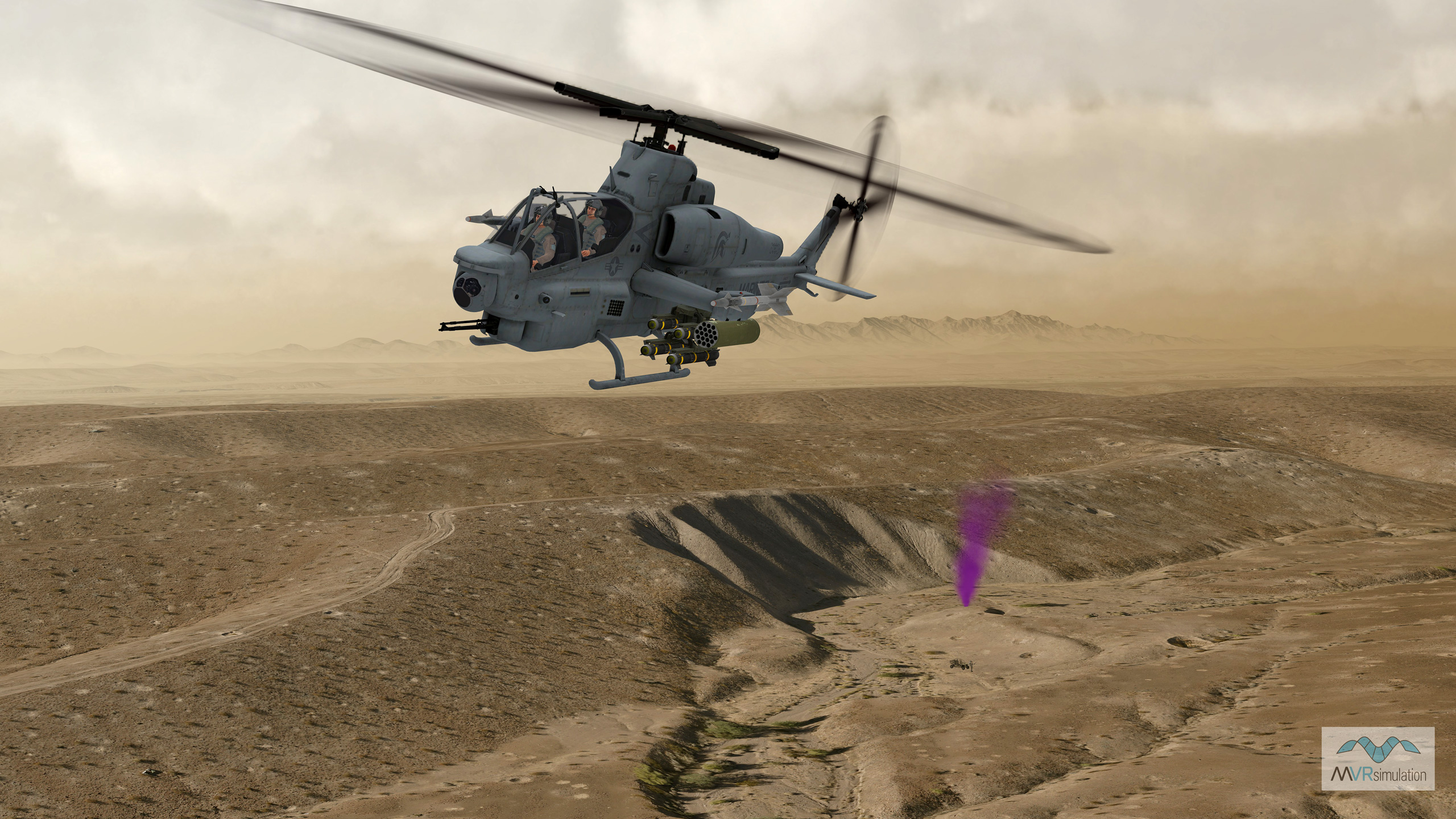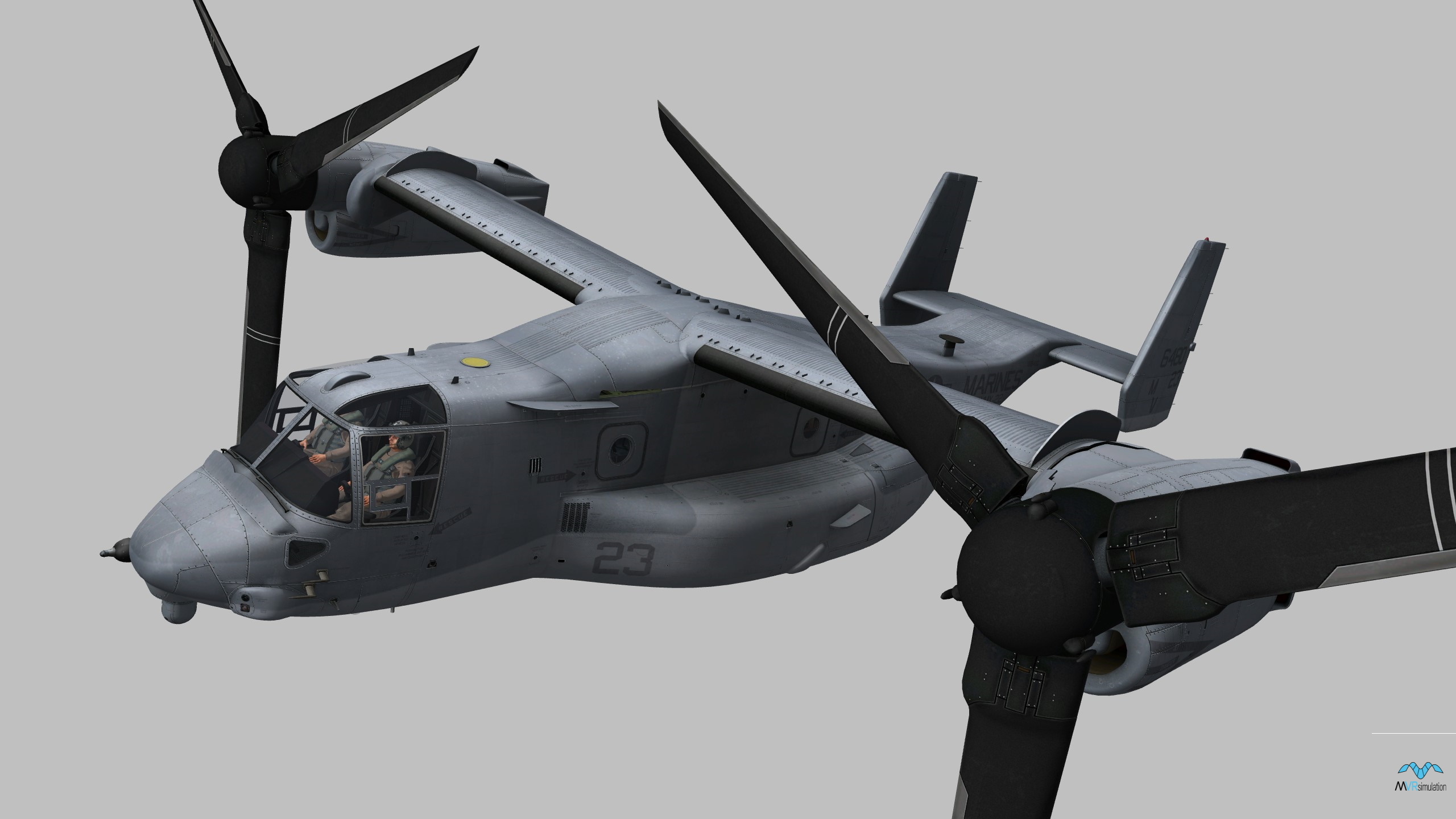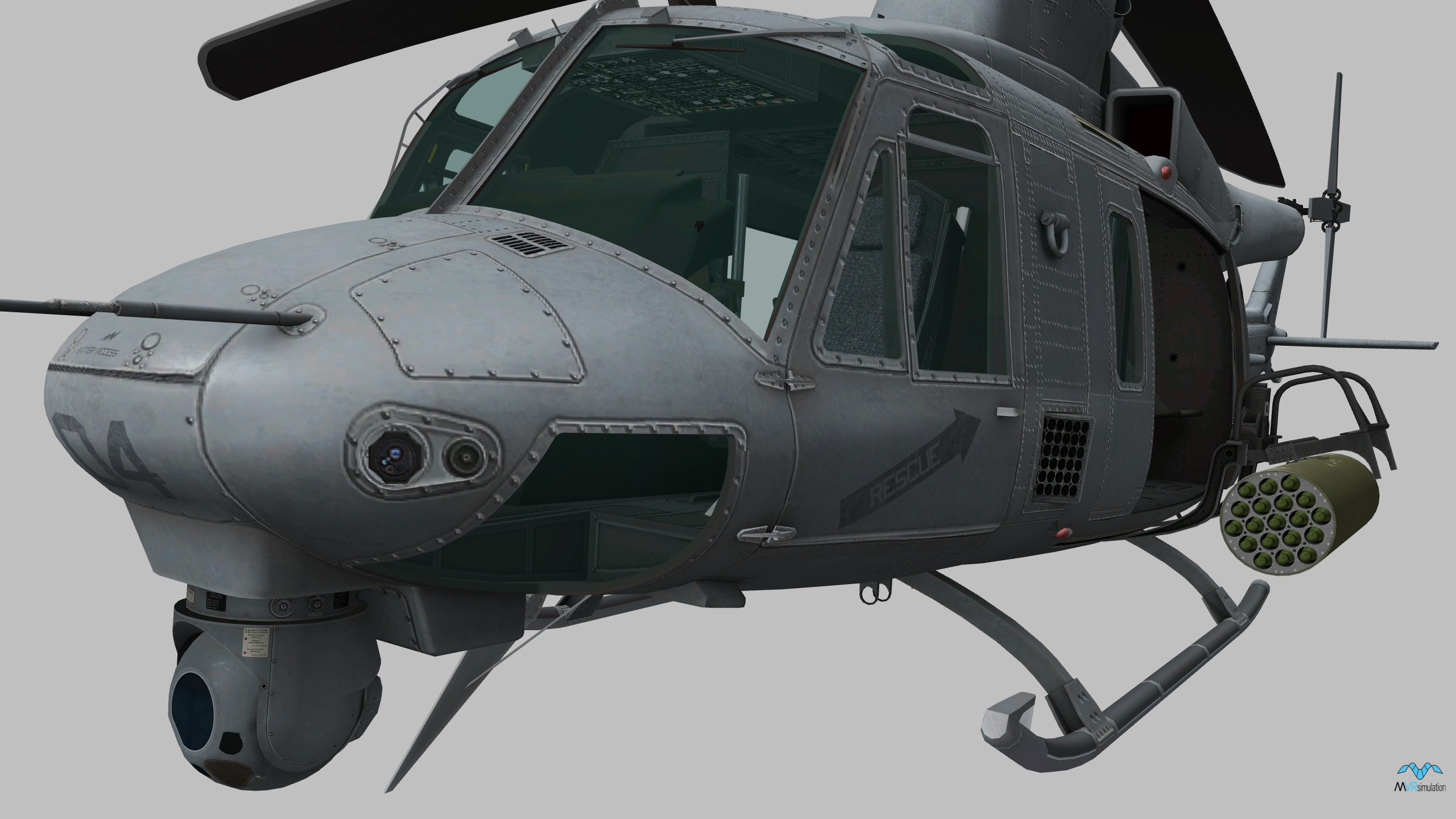Bell Flight Helicopter Simulation

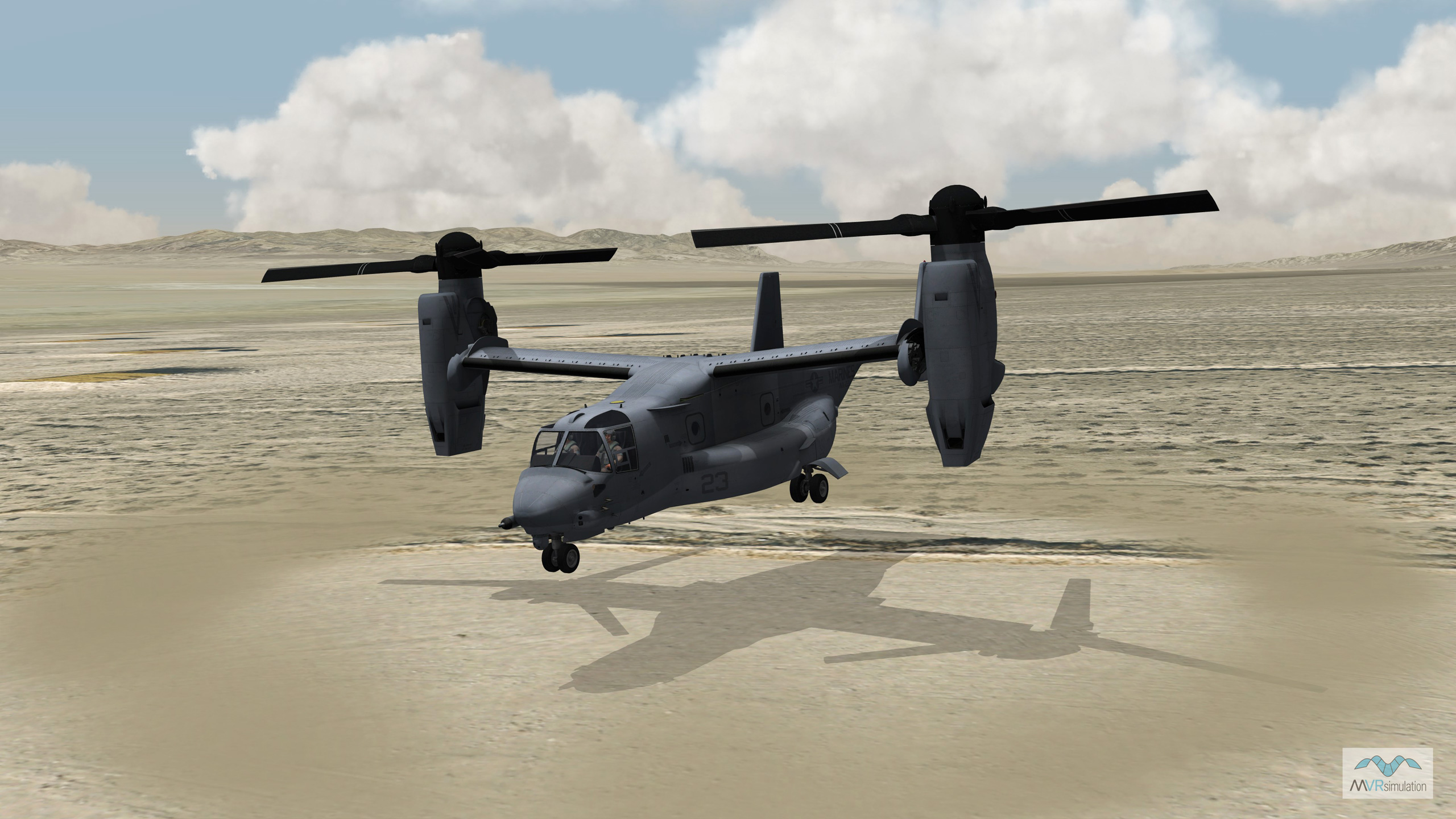
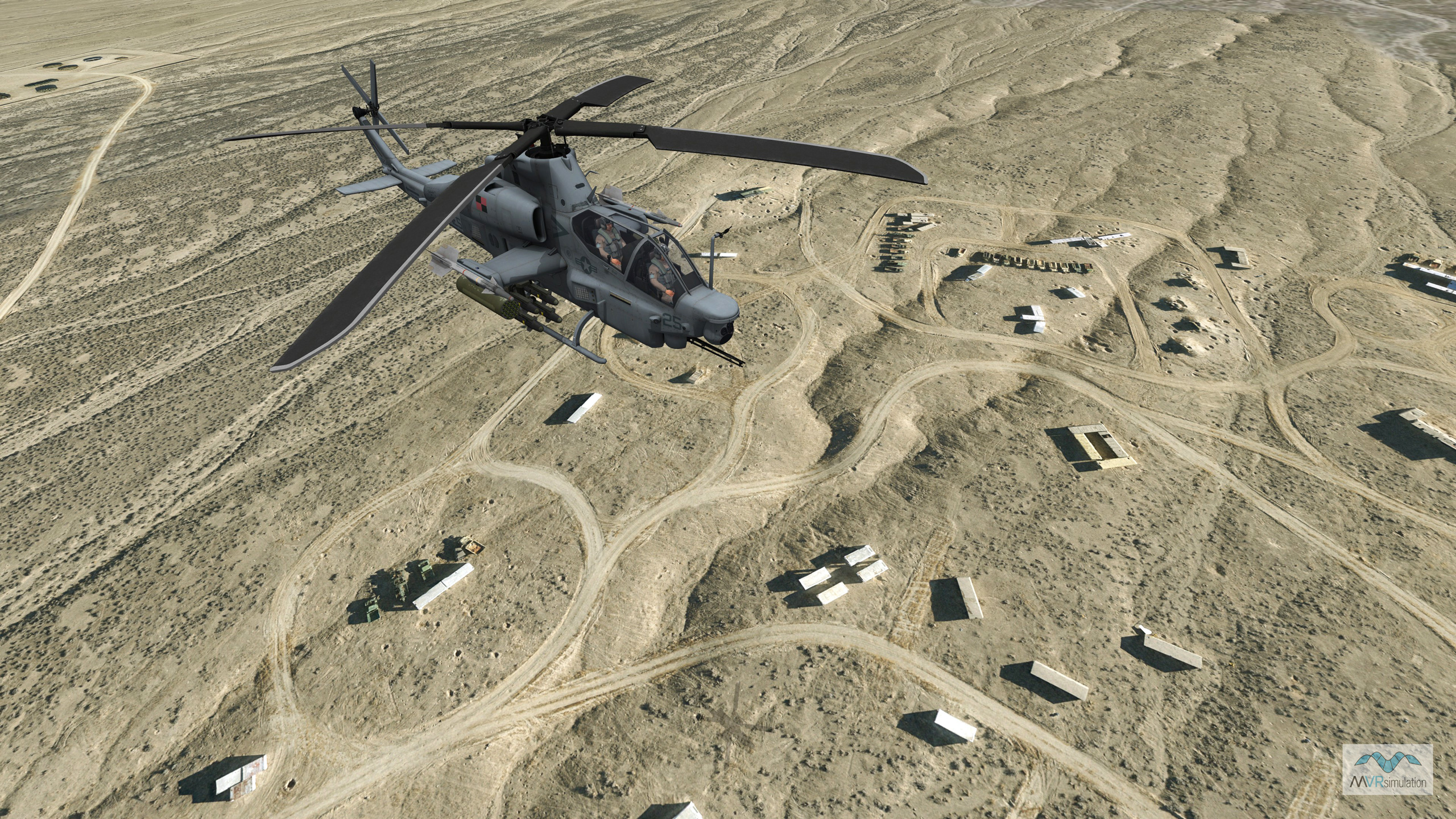
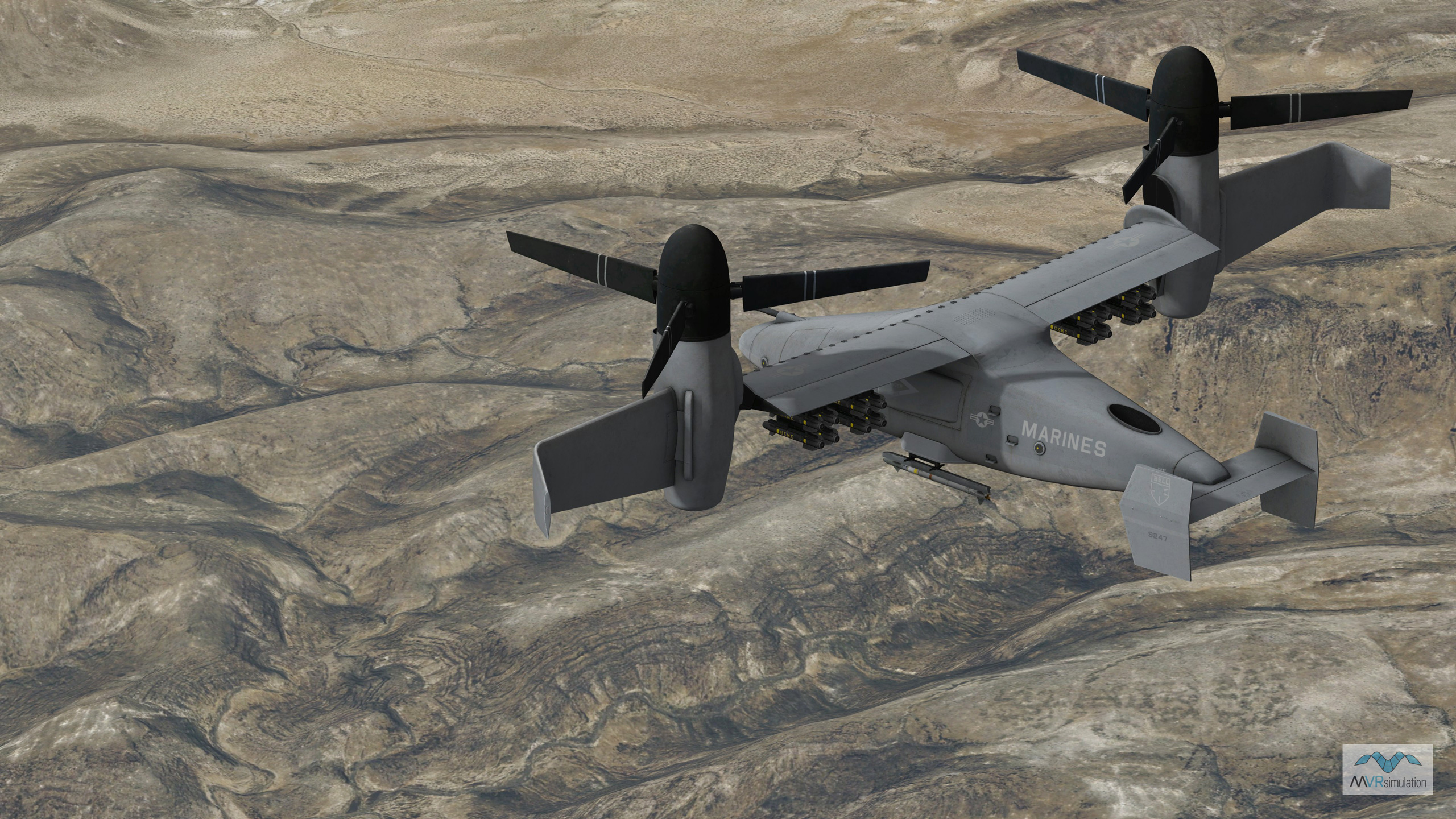
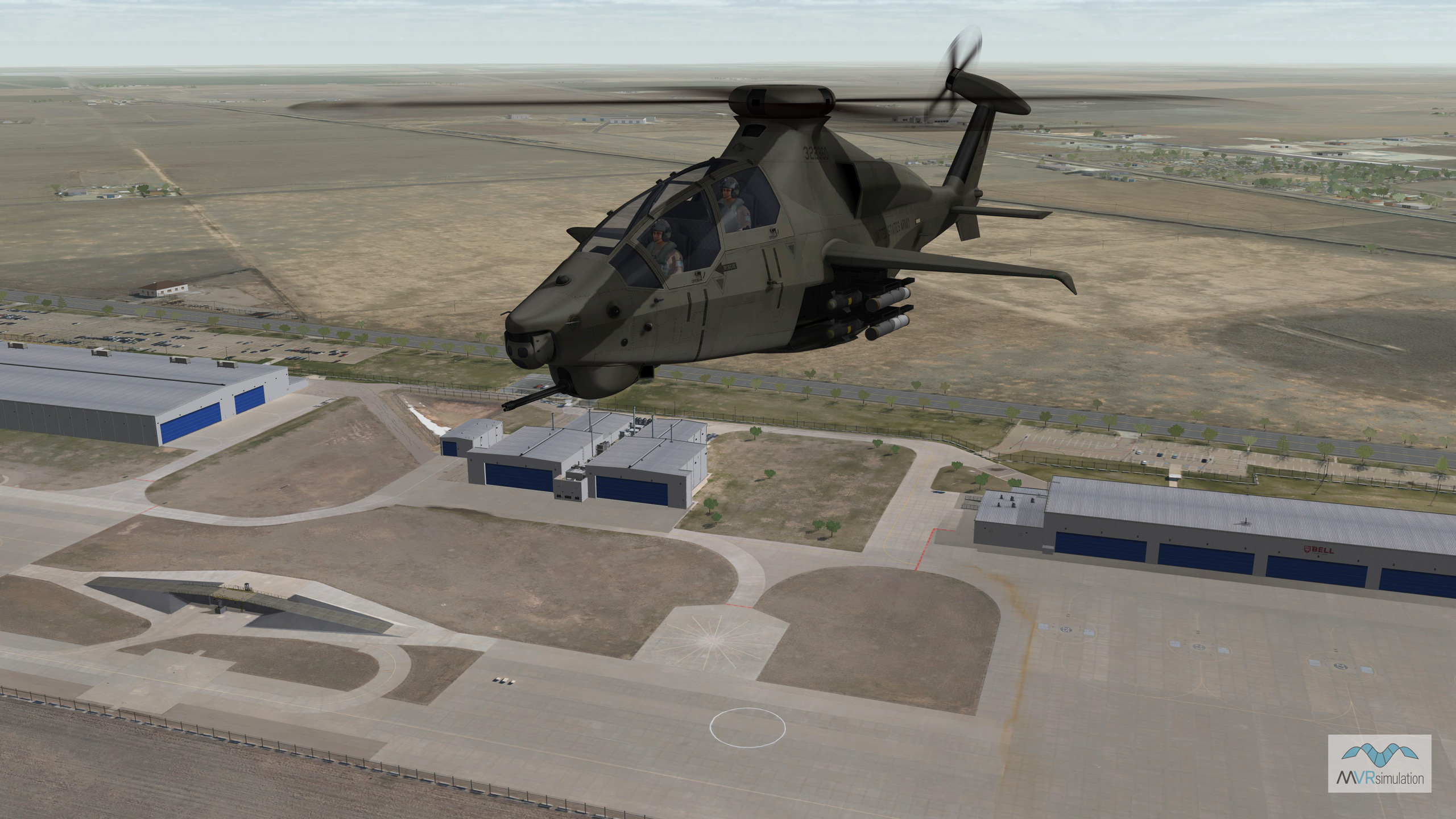
Bell Flight, a division of Textron, uses MVRsimulation VRSG in multiple commercial and military engineering/development simulation programs. VRSG is installed at Bell’s engineering lab in Ft. Worth, TX, where simulation is used during flight control development for multiple Bell platforms, including the AH-1Z Viper, V-22 Osprey, MV-75, and the V-247 Vigilant. The lab includes a large dome venue where different airframe simulations are conducted; cockpits/chassis can be wheeled in.
In early 2022 Bell Flight ordered five additional VRSG licenses, 12 new rack mount IG licenses and 25 software maintenance renewals to support the development of the then V-280 engineering development simulators, now designated the MV-75. This was followed in late 2022 by an order for 12 more VRSG licenses as well as new NVIDIA-based image generator rack mount computers to support the ongoing development of this platform. In Q4 2025, Bell Flight purchased eight-channel rack mount IG VRSG licenses for the program. VRSG provides 3D real-time visuals for the simulators, including a specially-built high-resolution geospecific 3D terrain of Rick Husband Amarillo International Airport (KAMA), where the Bell facility is located; and the city of Amarillo, TX.
VRSG is also used as the Image Generator and Visual Database for the Invictus 360 demonstration device as part of Bell Flight's proposed solution for the U.S. Army's Future Attack Reconnaissance Aircraft (FARA) program.
One of Bell's early uses of VRSG was nearly a decade ago in its OH-58 Kiowa Warrior simulation facility located in the Manned Unmanned Operations Capability Development Laboratory (MUMO CDL) in Huntsville, AL. The laboratory was adjacent to, and operationally connected to, AAI Corporation's (a subsidiary of Textron Systems) Shadow Tactical UAS hardware-in-the-loop system integration lab.
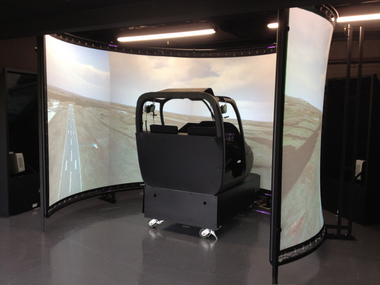
The OH-58 Kiowa Warrior simulator at the Bell Helicopter Manned-Unmanned Operations Capability Development Lab in Huntsville, AL. (Photo courtesy of Al.com).
The lab provided a high-fidelity interoperable MUMO or manned-unmanned teaming (MUM-T) simulation environment to support individual operator requirements for UAS and helicopter mission crew requirements, and extend the future capability of the Kiowa Warrior. The lab’s purpose was to support the US Army objectives for MUM-T UAS operations by advancing the manned-unmanned capability from inside the helicopter cockpit.
The actual Kiowa Warrior helicopter supported LOI 2 with UAS platforms control; it could receive UAS payload data and act as a radio relay. Advancing its capabilities to LOI 3 (control the UAS camera and sensors), and eventually to LOI 4 (control the UAS’s flight path and weapon systems) would have increased the efficiency and situational awareness of teamed missions and aid the UAS operator).
The Kiowa Warrior simulator used 5 VRSG channels to provide a 245° x 63° FOV out-the-window display. Two additional VRSG channels were used for onboard sensors or alternatively, 1 channel for an onboard sensor and 1 channel for a chase plane (third-person) view. The VRSG simulated UAS payload video was streamed with KLV metadata from AAI’s co-located lab to the helicopter cockpit to simulate Level of Interoperability (LOI) 2, which enabled the pilot see the camera payload from the UAV in the helicopter cockpit.


